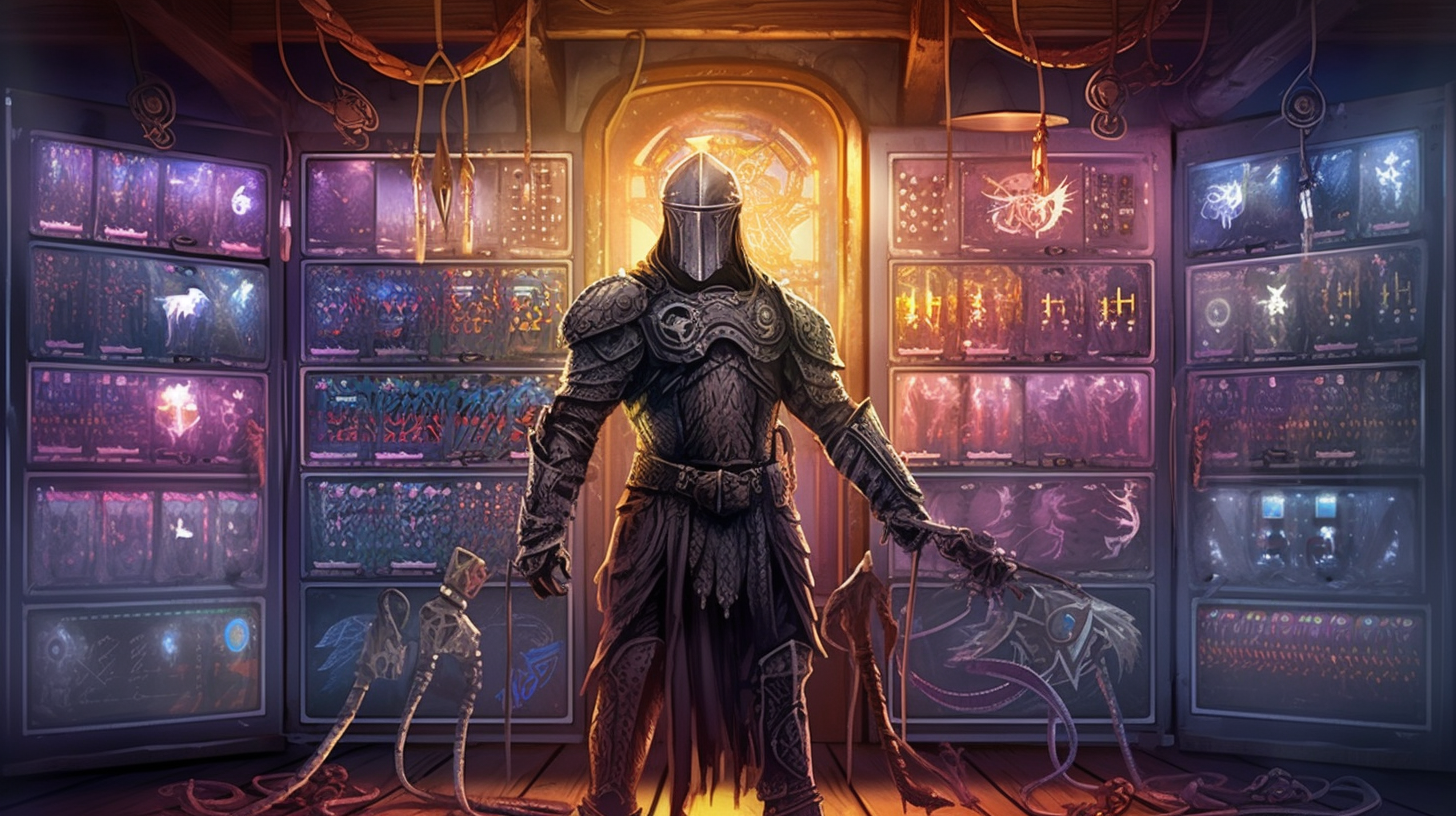Unraveling the Mystery of Ethernet Switching Features - A Comprehensive Guide for CompTIA Network+ (N10-008) Exam Takers

Ah, the aorta of our networking universe - the Ethernet. If you're gunning for your CompTIA Network+ certification, no doubt, you've been cramming up on your Ethernet switching features. Your mind is probably spinning faster than a hard drive, trying to memorize and understand concepts that seem as elusive as the dark side of the moon. Fret not my fellow networking warriors, I have been there, done that, and got the t-shirt. Now, it's time to pass down the wisdom gained through the trials and tribulations. So buckle up, as we are about to embark on this exhilarating journey, configuring and deploying common Ethernet switching features.
Understanding the Ethernet Basics:
Let's kick this off by jawing about the Ethernet basics. You know, the ABCs. Audio guys have their amps and mics, but we, the networking knights, have our Ethernets and switches. Ethernet, in the simplest terms, is our go-to technology that connects devices within a local area network (LAN). Now, an Ethernet switch, that's our bread and butter. It's an intelligent device that directs traffic between connected devices, facilitating communication. Did you grab the gist of it? Great! Now, we are going to plunge deeper.
Diving into Switching Features
To start with, let's discover what makes these Ethernet switches so special. Why the hullabaloo? As you may notice, switches, being generous, offer a smorgasbord of features like VLANs, Quality of Service (QoS), STP (Spanning Tree Protocol), Port Mirroring, and the list goes on. Grasping these features isn't as easy as a breezy park stroll. So, sit tight as we paint the picture of these mystique features, one brushstroke at a time.
The Magic of VLANs
Imagine being at a party - loud music, people chatting nineteen to the dozen. Wouldn't it be great if you could have your little quiet corner to chat with your pals? That's exactly what VLANs or Virtual Local Area Networks do in the digital world. They partition a single physical network into several smaller logical networks, each being a quiet corner for different types of data. Pretty neat, right?
Quality of Service (QoS): Setting the Priorities Straight
Picture yourself in an ambulance, siren blaring, amidst a busy junction during rush hour. Regardless of the jam, you'd be given priority to pass through, wouldn't you? That's what QoS does in the world of networking. It's the invisible traffic cop that prioritizes different types of network traffic, ensuring smooth and timely delivery.
The Guardian of the Network: STP (Spanning Tree Protocol)
Ever got stuck in a loop? Not fun right? Now imagine data stuck in such a loop in a network. That'd be a disaster! STP is the knight in shining armor that saves the day. It prevents loops in the network by creating a spanning tree and blocking redundant paths. It's like having your very own guardian of the network.
Peeking with Port Mirroring
Ever wished you could be a fly on the wall during a secret conversation? Port Mirroring allows you to do just that. This sneaky feature stealthily replicates network traffic from one port to another, standing as a potent tool for monitoring and troubleshooting.
The Art of Configuring and Deploying Ethernet Switching Features
Alright, having made our small talk about the features, we'll now roll up our sleeves and descend into the intricacies of configuring and deploying these Ethernet switching features. Trust me, it won't be an uphill battle if you're familiar with your tools and how to wield them! Command Line Interfaces (CLI), GUI tools, device-specific protocols - these are the weapons in your armory that'll help you navigate this seemingly daunting task. Remember, practice makes perfect, and as you get your hands dirty, you'll soon be weaving magic, configuring and deploying switches like a pro in no time!
Sailing through the CompTIA Network+ exam may seem like threading the needle, but with a firm grasp of Ethernet switching features, the wind will be in your sails. Keep at it, persevere, and before you know it, you'll be holding that certificate, standing tall with the CompTIA Network+ badge of honor.
So, keep calm, study hard, and Ethernet on!